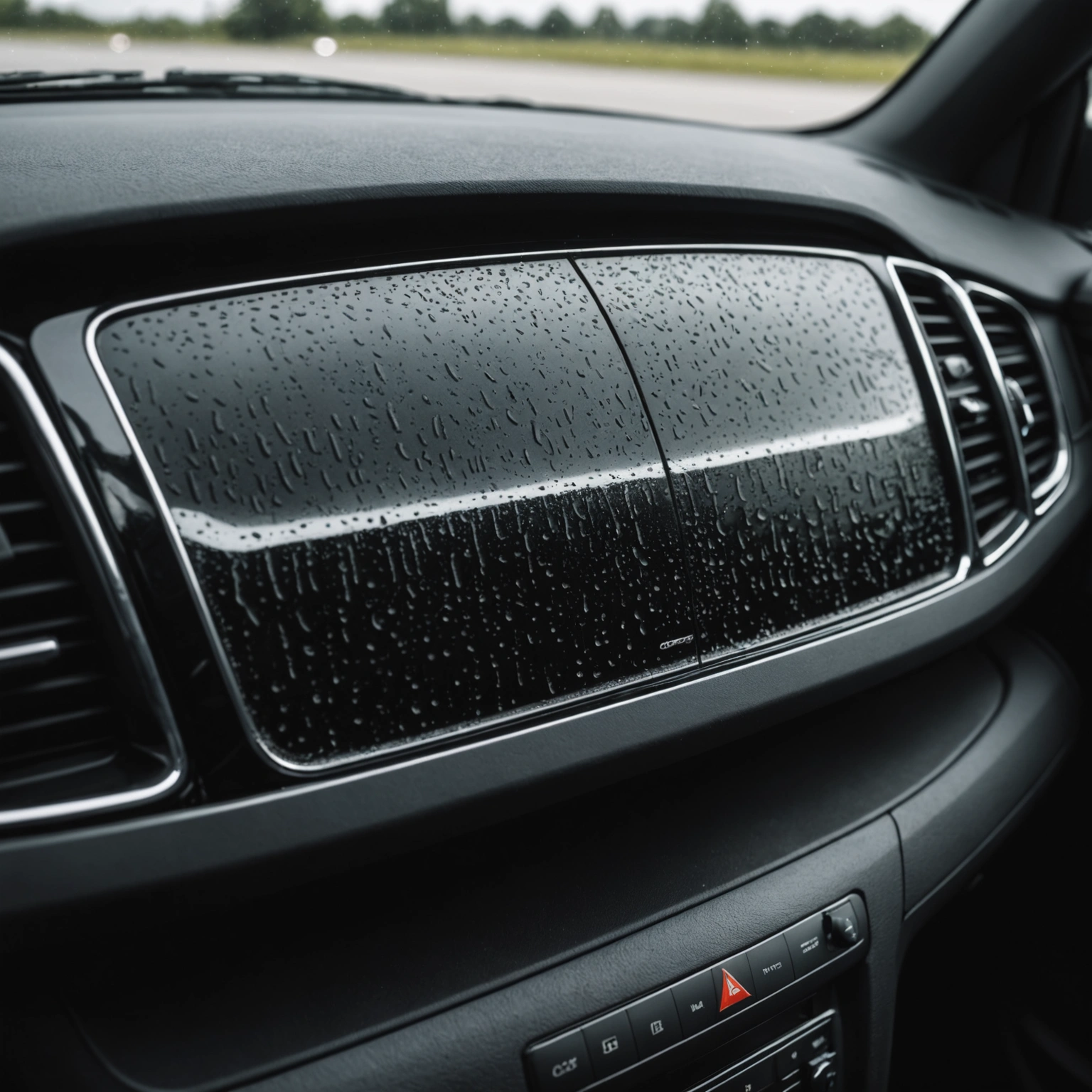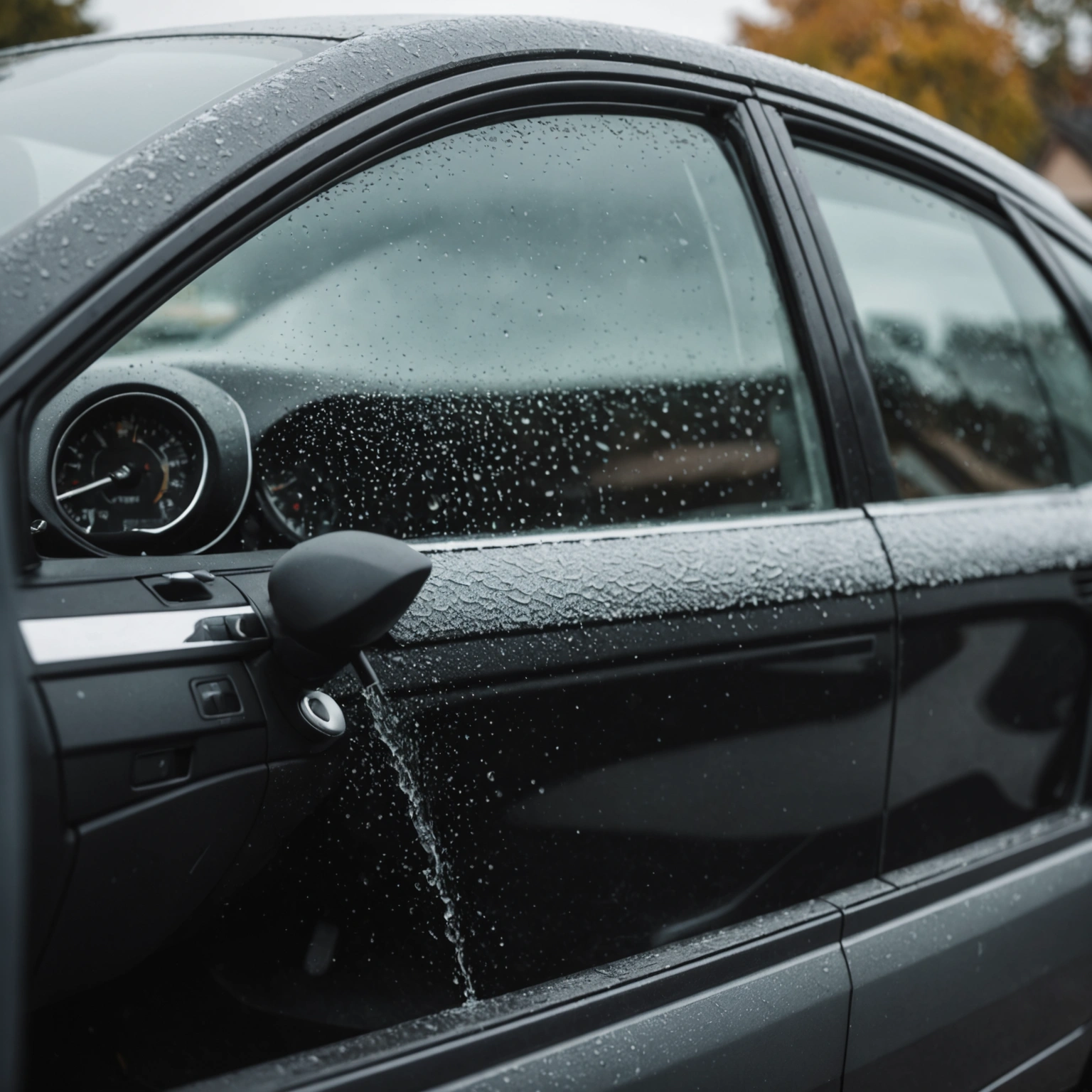**Why Does My Car Have Condensation Inside? Understanding and Solving the Issue**
If you’ve noticed water droplets or foggy windows inside your vehicle, you’re not alone. Condensation inside a car is a common issue that can be both frustrating and concerning. Let’s explore why this happens and what you can do to prevent and fix it.

### What Causes Condensation Inside Your Car?
Condensation occurs when warm, moist air comes into contact with cooler surfaces inside your vehicle, causing the moisture to turn into liquid water. Here are the primary reasons this happens:

1. **High Humidity Levels Inside the Car**
– Activities like breathing, sweating, or carrying wet items (umbrellas, damp clothes) increase humidity.

– Using the heater without proper ventilation can trap moist air inside.
2. **Temperature Differences**

– When the outside air is cold and the inside of your car is warm, the cooler interior surfaces (windows, dashboard) cause moisture to condense.
– This is especially common during early mornings or in colder climates.
3. **Leaks and Seals**
– Damaged or worn door, window, or trunk seals allow outside moisture to seep in.
– Water can also leak through sunroof drains or windshield cracks.
4. **Clogged or Faulty Drainage Systems**
– Blocked drain tubes from the sunroof or HVAC system can cause water to accumulate inside the vehicle.
5. **Poor Ventilation**
– Running the air conditioning or heater with the windows closed can trap moisture inside.
– Lack of fresh air exchange prevents moisture from escaping.
6. **Interior Moisture Sources**
– Wet floor mats, spilled drinks, or damp upholstery contribute to internal humidity.
### How to Prevent and Reduce Condensation
– **Use Your Ventilation System Correctly**
– Turn on the defrost setting, which directs warm air to the windows.
– Use the air conditioning even in winter—it dehumidifies the air.
– Ensure fresh air intake is active to promote airflow.
– **Keep Windows and Doors Sealed**
– Regularly check and replace worn seals and weatherstripping.
– Repair any leaks promptly.
– **Reduce Moisture Sources**
– Remove wet items from the car.
– Dry carpets and upholstery if they become damp.
– Avoid leaving windows open in rainy weather unless necessary.
– **Maintain Your Vehicle**
– Regularly inspect and clean drainage channels and sunroof drains.
– Check for windshield and window cracks that can let in moisture.
– **Use a Dehumidifier or Moisture Absorbers**
– Commercial moisture absorbers can help reduce interior humidity.
– Parking in a garage or under shelter minimizes exposure to rain and humidity.
### When to Seek Professional Help
If condensation persists despite your efforts, it could indicate underlying issues such as:
– Faulty door/window seals
– HVAC system problems
– Water leaks into the cabin
A professional mechanic can diagnose and fix these issues to keep your car dry and comfortable.
### Final Thoughts
Condensation inside your car is primarily caused by moisture and temperature differences. By managing humidity levels, ensuring proper ventilation, and maintaining your vehicle’s seals and drainage systems, you can significantly reduce or eliminate interior condensation. Regular care and prompt repairs will keep your driving environment clear, safe, and comfortable.
—
**Have questions about your vehicle or need advice on car maintenance? Feel free to ask!**

